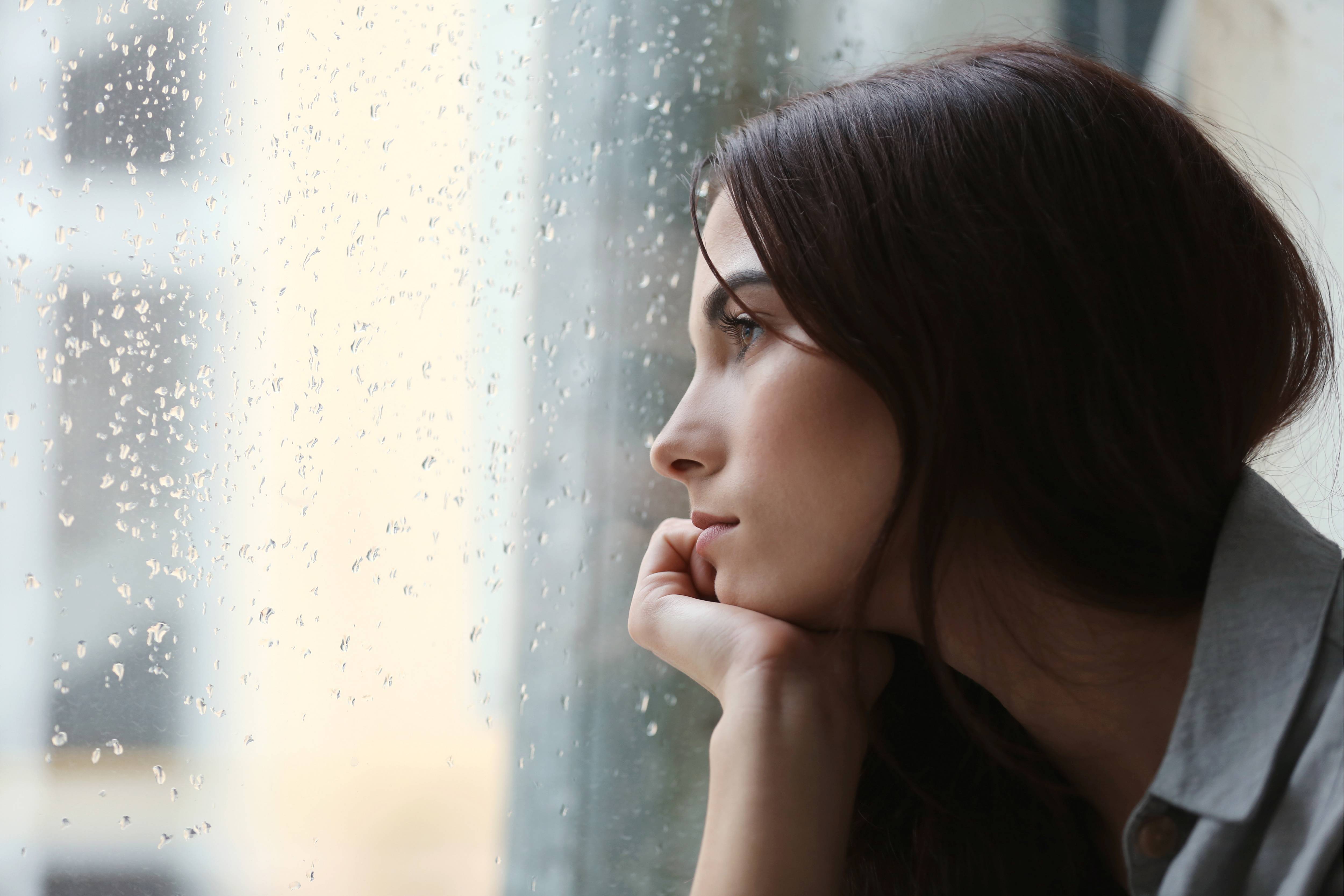For him it rains, for her it pours: how weather and gender impact consumption
Marketers and business managers benefit from knowing why weather may be associated with increased consumption, and how this process may differ across men and women, according to UNSW Business School research
From the food we eat, the clothes we wear, the cars we drive, even the house we buy – many of our purchase decisions are influenced by the weather. The weather affects consumers’ mood, which influences buying behaviour and dictates where they purchase, what they are buying, and even how much they are willing to spend. The British Retail Consortium says the weather has the most significant influence on consumer behaviour after the economy. In the US, the weather affects around US$3 trillion ($3.9 trillion) worth of business in the private sector alone.
But the effects of weather are far more pervasive than obvious examples of thermoregulatory consumption, like buying ice cream to cool down on hot days, or shopping for umbrellas when it’s raining. Understanding the links between weather and people’s consumption patterns can pay enormous dividends for marketers, business managers, and their brands.

The link between weather and consumption behaviour
How strongly weather affects a person’s consumption depends on their gender, according to the findings of a recent study: Weather, Affect, and Preference for Hedonic Products: The Moderating Role of Gender. In the paper, researchers including UNSW Business School’s Rahul Govind, Senior Lecturer in the School of Marketing, and Nitika Garg, Associate Professor in the School of Marketing, explain how and why women and men differ in their hedonic consumption in response to the weather. Particularly during bad weather conditions – such as cold, rain and snow – the findings suggest that stressing specific shopping categories’ pleasurable benefits can help brands increase total sales.
Physiologically speaking, past studies show women are more susceptible to mood disorders due to fluctuations in their hormones such as estrogen. In turn, this affects neurotransmitters such as dopamine, adrenaline and serotonin, which influences individuals’ affective state and their need for stimulation. Therefore, because weather conditions such as sunlight also increase dopamine and serotonin, women tend to react differently (more significantly) to weather than men.
The authors' research comprises seven studies: a mix of secondary data, lab experiments, and national surveys that examine both food and non-food consumption. Across the studies, the researchers measure and manipulate weather conditions and consistently find that while weather increases hedonic consumption for both genders, consumption is far stronger among women.

“We find that unpleasant weather conditions increase negative mood, and this increases hedonic consumption. Women experience a compounded weather-mood-consumption effect; i.e., a stronger mood response to unfavourable weather conditions and a higher likelihood of consuming hedonic goods in response to the negative weather-induced mood,” says A/Prof. Garg.
The most surprising finding was just how strong the gender effect was across both food and non-food goods, says A/Prof. Garg. For example, in experimental conditions, women reported a 60 per cent higher decline in mood in ‘bad’ compared to ‘good’ weather conditions than men. In turn, this negative mood led to an 80 per cent higher preference for chocolates and cookies. And in another study that captured actual weather conditions based on the temperature and precipitation conditions for everyone, women again reported an increased preference for hedonic food consumption by 80-100 per cent, in response to weather-induced negative mood.
“What we found was, again and again, this huge uptick in women experiencing negative effect because of negative weather changes and how they responded to it by increased hedonic consumption,” says A/Prof. Garg.
A framework for understanding consumer decisions
Companies such as WeatherIO, Mediasynced, WeatherUnlocked and Groundtruth already take advantage of real-time local weather targeted advertising. But most advertisements today only focus on the thermoregulatory sales of products, such as coffee in winter and ice cream in summer, for example. Yet the authors say that even brands selling luxury goods can benefit from weather-based marketing insights, that differ between men and women.

Therefore, the authors urge marketers and business managers to utilise weather forecasts to better prepare and respond effectively with appropriate marketing strategies – advertising, promotions, product availability and emotion-rich imagery – to showcase the fun and pleasurable benefits of certain products and brands during weather changes. They should also assess the differential efficacy of their marketing-mix spending targeted toward women versus men.
“Adding weather to the mix of environmental cues can provide a key tool to marketing executives in managing proximate cues (e.g., marketing-mix tactics) with distal cues such as weather. This combination can further help effective geo-targeting of consumers for sales and marketing interventions,” reiterates A/Prof. Garg.
Understanding the link between weather and consumption behaviour can help marketers and business managers better anticipate consumption patterns, which in turn will help them strategically plan activities such as production, advertising and promotion, and inventory management in the future.
For more information on consumer behaviour research, please contact Associate Professor Nitika Garg in the School of Marketing at UNSW Business School.
